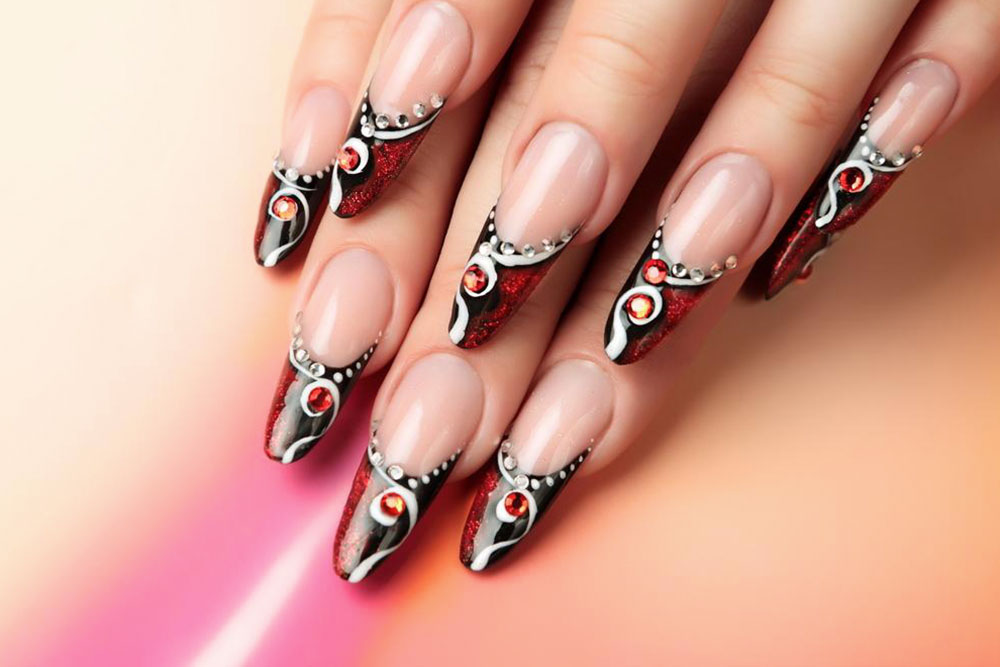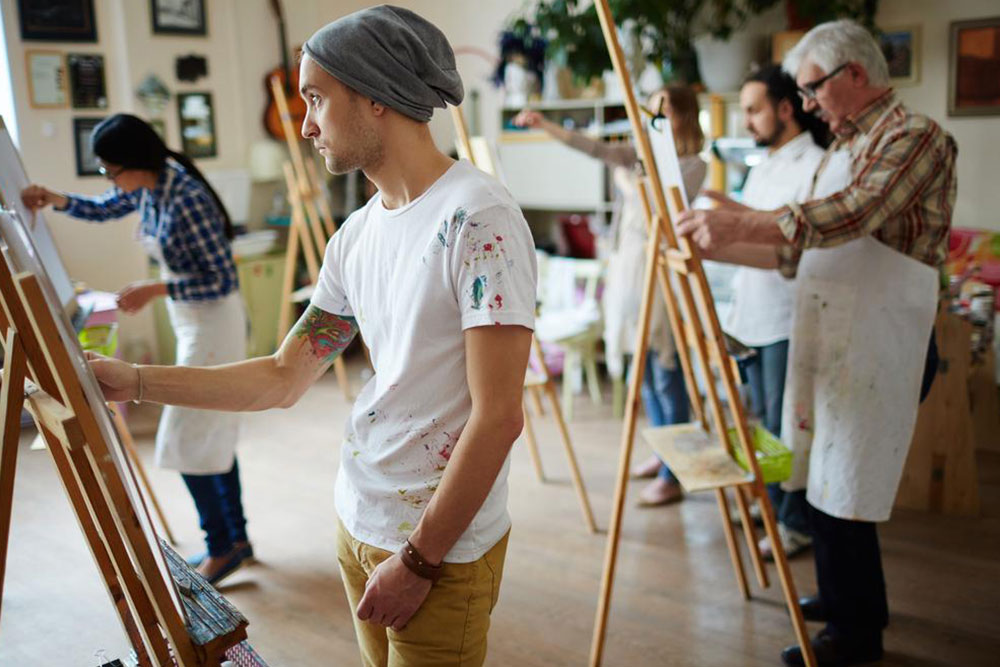Key Techniques for Authenticating Artwork
Learn essential techniques to verify authentic artworks, including researching the artist, analyzing surface details, examining the reverse side, and choosing reputable auction houses. These tips help collectors and buyers avoid forgeries and invest confidently in genuine art pieces.

Key Techniques for Authenticating Artwork
When investing in art, meticulous verification is crucial. Many skilled artists worldwide create distinctive pieces, often showcased on personal websites where commissions are offered. Purchasing art from renowned creators requires attention to specific signs to distinguish genuine works from forgeries. Here are essential tips for collectors and buyers to verify the authenticity of original artworks.
Understand the Artist
Authentic artworks display an artist’s signature style and methods. Noticing consistent brushwork, color choices, and signature traits across their body of work helps in authentication. Being familiar with these markers boosts confidence in the artwork’s legitimacy, especially when buying directly or from trusted sources.
Explore the Four W’s
Who created the piece, why was it produced, what influenced the work, and where was it created? Knowing these details validates the origin, particularly for imported pieces that can be duplicated easily. Verify this information with records and provenance documents. Any inconsistencies may indicate forgeries, so proceed with caution.
Scrutinize Surface Details
Examining the artwork closely reveals authenticity clues. Genuine paintings will feature textured brushstrokes, layered paint, and subtle variations detectable through touch. Reproductions or prints often lack these qualities and may show a pattern of tiny dots under magnification. Using a magnifying glass or high-resolution camera helps differentiate genuine art from copies.
Check the Back
The reverse side provides hints about the piece’s age and origin. Authentic older works typically exhibit signs of wear suitable for their period, such as aged stretcher bars or period-specific mounting materials. Artists may sign or mark the back or include ownership notes, further confirming authenticity.
Buy from Reputable Auction Houses
Purchasing through well-known auction houses such as Sotheby’s, Christie’s, or Phillips minimizes the risk of counterfeit art. These establishments authenticate and verify provenance, justifying their higher fees. Avoid less reputable sources to steer clear of fake or forged artworks.
Be Wary of High-Profile Forgeries
Legendary works like Van Gogh’s 'Starry Night' or Leonardo’s 'Mona Lisa' are rarely sold openly. If such famous titles appear for sale, they are probably copies or forgeries. Recognizing these ensures you avoid buying cheap reproductions labeled as originals.


